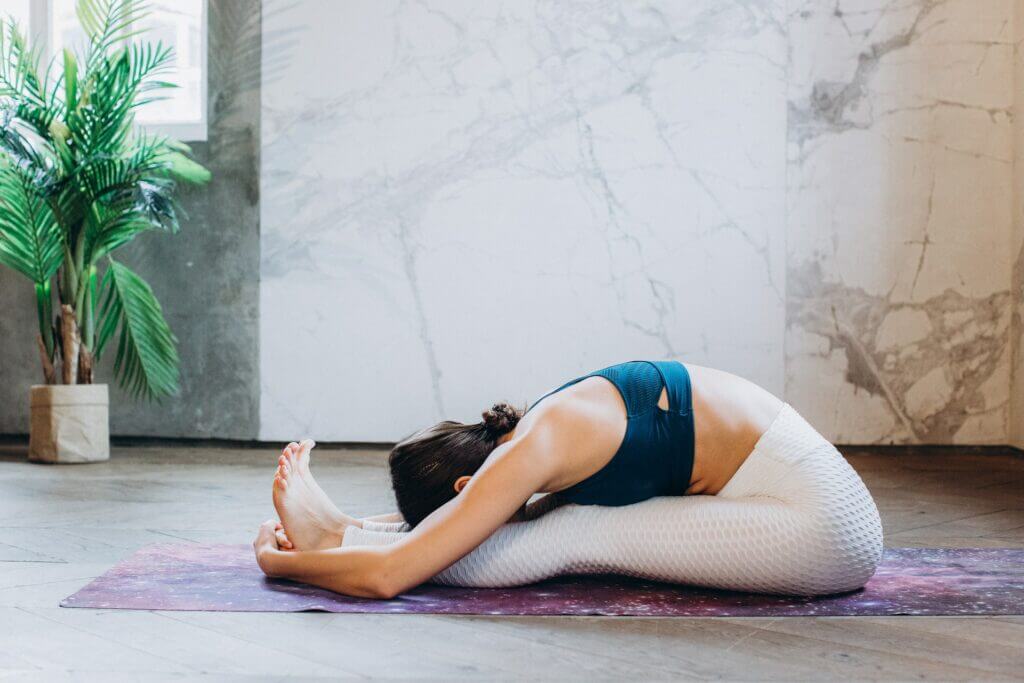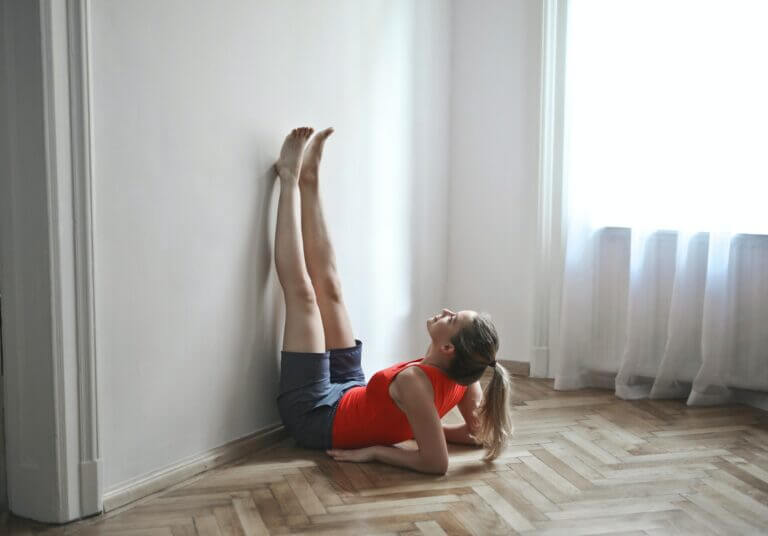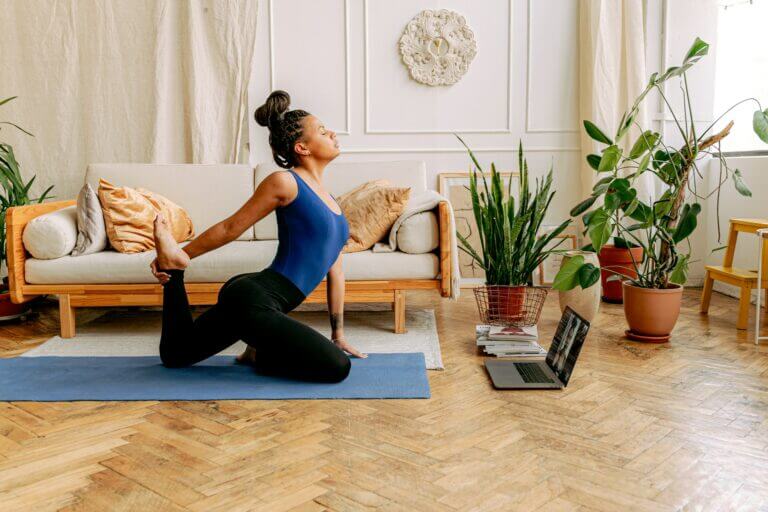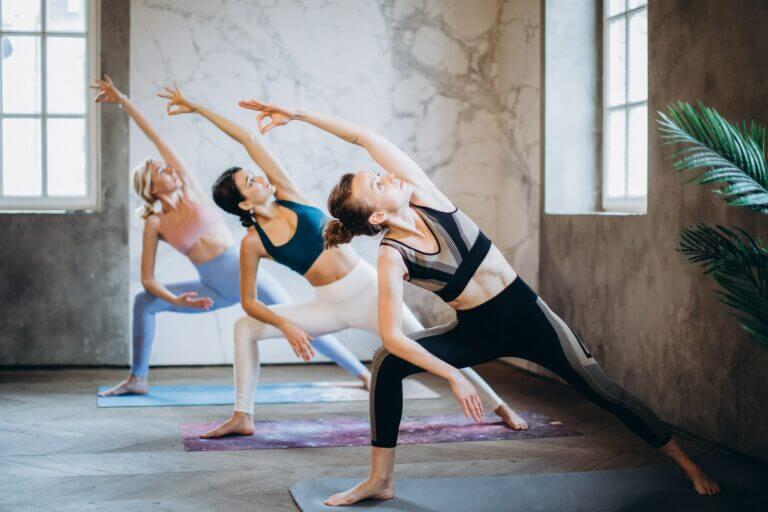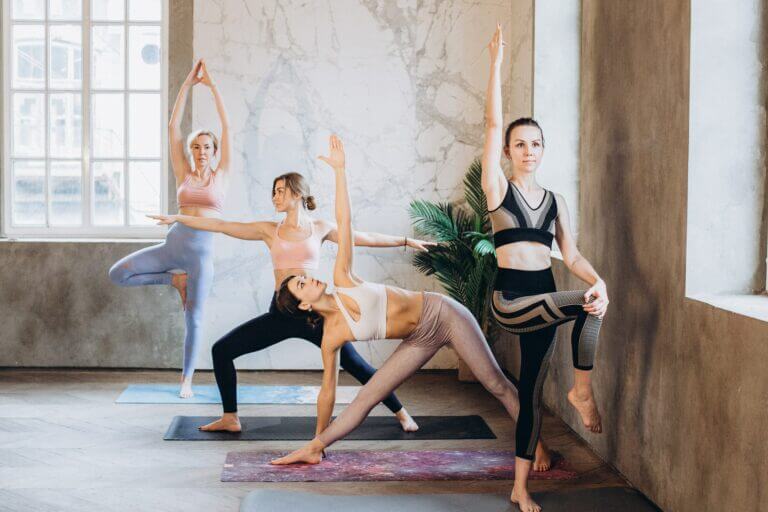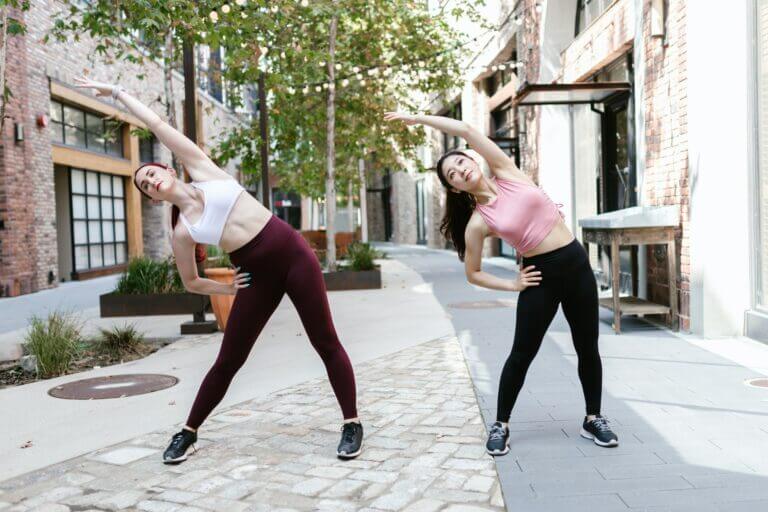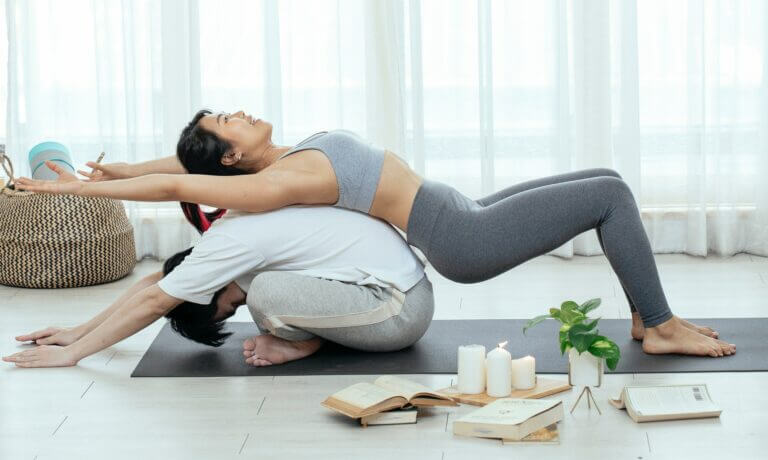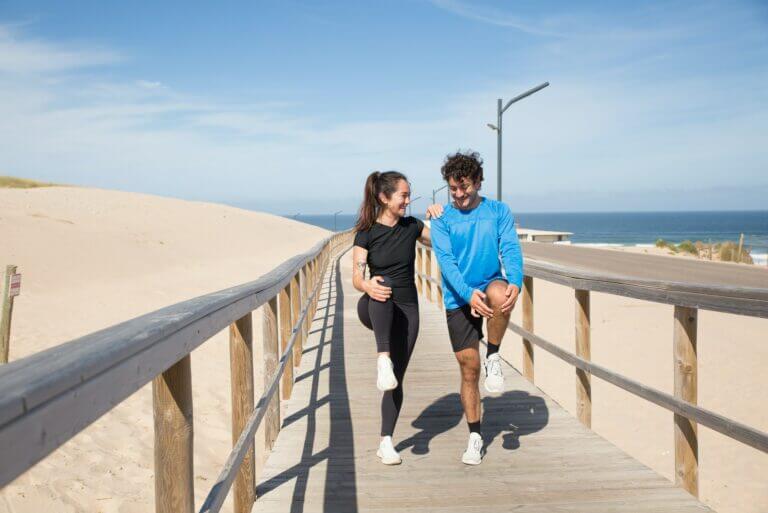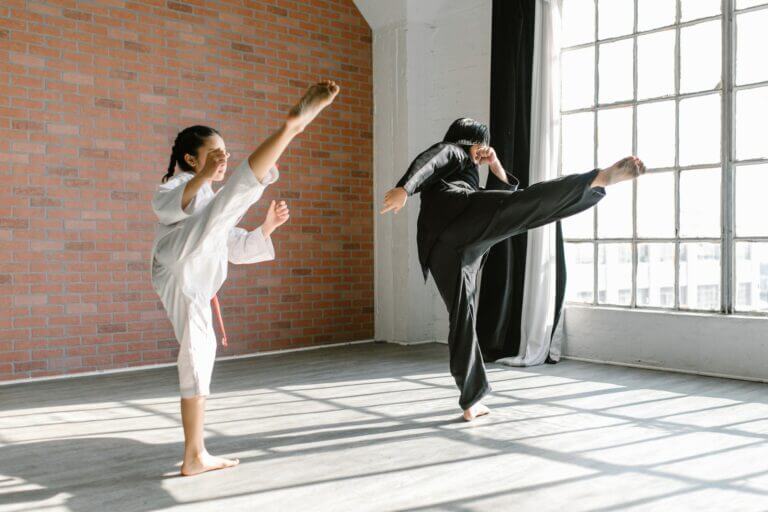In the digital era that we live in today, it’s easy for us to neglect our bodies. You know, spending most of our time on the couch with Netflix running. Or even being too busy with household chores and taxes to make time for ourselves.
As a result, our bodies are stiff and we’ve all gotten used to the popping and cracking of our joints whenever we squat or bend over.
Does that sound familiar to you?
That’s okay, it’s not too late to pick yourself up from this mess.
What if I told you that there is a way to undo all that stiffness and make you flexible again?
Our bodies are marvelous creations that has the ability to self-repair. So, it goes to show that you can undo the damages caused to our muscles after years of sitting. That is right, stretching aids with injury prevention and it serves to lengthen targeted muscle groups and increase your range of motion that stem from taut muscles that develop after sitting down or inactivity for long periods of time.
Let’s have a quick look at the benefits of static stretching you can gain if you include static stretching as part of your daily routine. For example, you can go to bed without feeling sore, and wake up in the morning feeling well-rested. You can also relieve muscle soreness.
Now, if you’re pressed for time, here are 8 static stretches that you can easily do first thing in the morning after you climb out of bed. Or, stuff you can do before you sleep, if that’s what you prefer. At the end of the article, you will also find a short section about a research conducted to test the effects of dynamic versus static stretching on subsequent strength and power performances.
8 Best Static Stretches For Your Warm Up Routine
Listed below are eight easy to do static stretching examples that you can include in your entire warm-up routine before engaging in dynamic activities like running and swimming, or even before your workout routine.
These static stretching exercises are a little different when compared to dynamic warm-up exercises. For example, you will be stretching and holding the position in place when you are doing static stretching, but you will be moving your limbs around in controlled movements if you are going dynamic stretching.
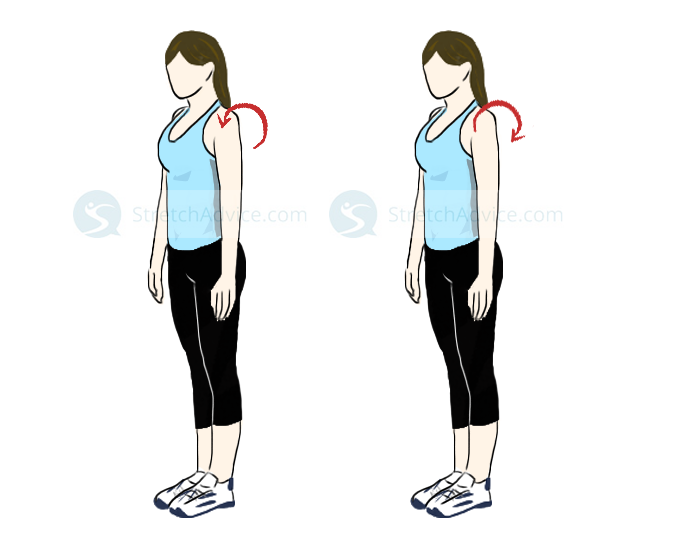
1) Shoulder Roll
This one is perfect for early mornings. It’s a great way to start your day with nice, free shoulders. Stretching can help you to relax tired and stiff shoulders, so hurry up! Get to it!
- You can either stand or sit for this movement.
- Let your arms dangle by your sides, then roll your shoulders back in a circular motion.
- Do this 5 times, then invert the movement—roll your shoulders to the front.
- Repeat this sequence for another 2 more times.
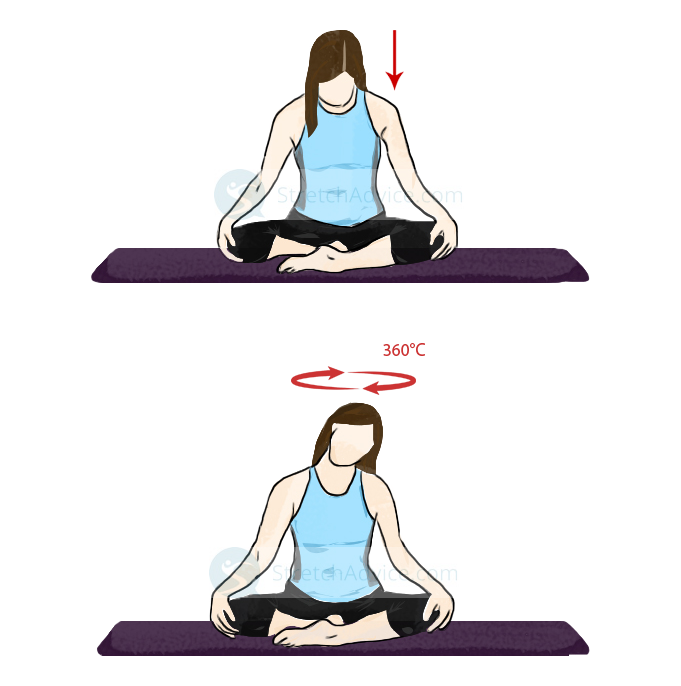
2) Neck Roll
Doing this right after waking up feels great! Your head won’t feel so heavy, and it’ll wake you right up.
- Stand, or sit, making sure your back is straight.
- Loll your head forward toward your chest, then gently roll your head in a clockwise motion.
- Take it slow, then roll your head back in an anti-clockwise motion.
- Repeat this action 3 more times.
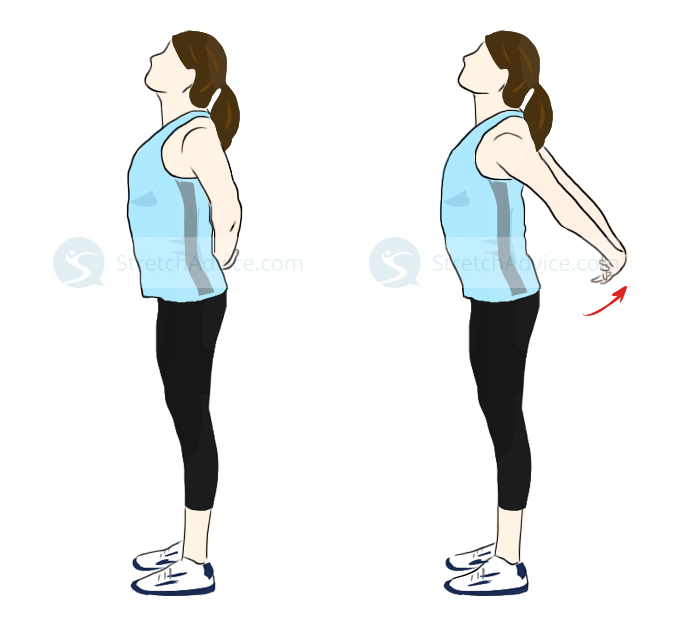
3) Biceps Stretch
As the name indicates, this stretches your biceps. It also stretches the muscles in your chest and shoulders. As you move your body around and stretch per muscle group, you may notice that stretching improves your mood and flexibility.
- Stand nice and tall, then place your hands behind your back, interlacing your fingers at the base of your spine.
- Straighten your arms out, and move your hand so your palms face the floor.
- Raise your arms backward, as high as you possibly can until you feel a stretch in your biceps and shoulders.
- Hold the position for 20 to 30 seconds.
- Rest for 10 seconds, then repeat it 2 to 3 times.

4) Behind-Head Triceps Stretch
This stretch is fairly common, and you’ve probably done it before in your life. Including this movement into your stretching routine will help you to improve flexibility in different muscle groups in your body.
- You can sit on the ground or stand up tall for this. Keep your legs straight as you stand.
- Raise your left arm straight up toward the air, then bend at the elbow so your hand is dangling behind your head.
- Try to keep your left hand as close as possible to the middle of your spine.
- Place your right hand on your left elbow and press down gently.
- Hold this position for 10 seconds.
- Rest for 5 seconds, then switch arms.
- Repeat this set equally on both arms for another 2 more times.
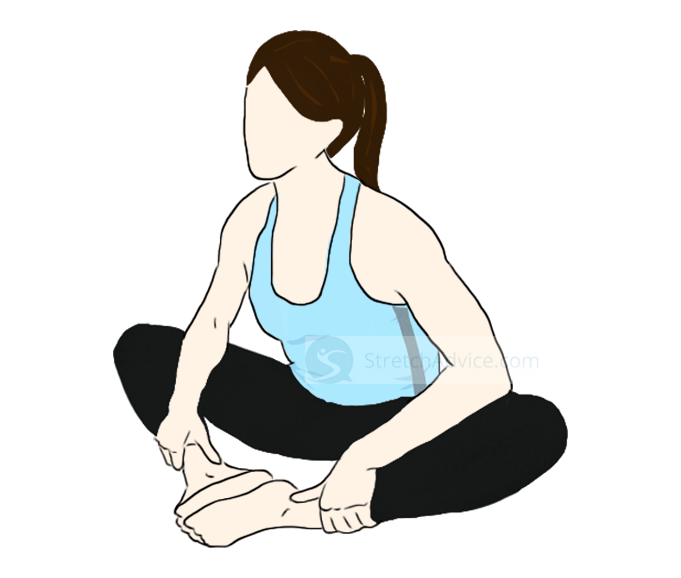
5) Butterfly Stretch
This stretch targets the muscles lining your inner thighs and can help you to build up muscle strength plus muscle activation.
- Sit down on the floor, or on a yoga mat.
- Place the soles of your feet flat against each other, bending your knees and keeping your legs close to you.
- Make sure to keep your back straight.
- Using your elbows, push down gently on your knees. For a deeper, more intense stretch, you can try to extend your arms forward straight in front of you and reach out as far as you can, placing the palms of your hands on the floor.
- Don’t forget to breathe as you maintain this position for 15 to 20 seconds.
- Then rest for 10 seconds before repeating 3 more times.
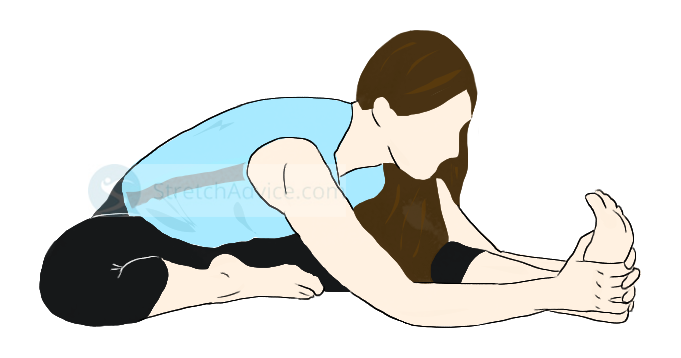
6) Head-to-Knee Forward Bend
This stretches the muscles in your back, groin, hamstrings and calves. This type of stretching technique, when use with dynamic stretches, allows you to increase your athletic performance as you include it as part of a warm-up routine before engaging in sports.
- Sit on the floor, or a yoga mat if you have one.
- Extend your right leg out in front of you, pointing your toes upward. Your knee should be straight.
- Bring your left leg close to you and place the sole of your foot on your inner thigh.
- Take a deep breath as you lift your arms up, above your head.
- Breathe out as you bend at your hips and reach for your right foot. Try to touch your toes as you do so.
- Hold the pose for around 20 to 60 seconds—whatever you’re comfortable with. Don’t forget to breathe! You will feel the stretch run down your entire leg.
- Repeat on the other leg.

7) Child’s Pose
This is one of the first yoga poses you’ll learn to do, and it stretches your back nicely. In this sense, stretching prevents lower back ache.
- Sit on the floor, or better, on a yoga mat.
- You’ll want to be sitting on your heels, with the front of your foot flat against the floor.
- Move your knees apart, then roll your torso forward with your arms outstretched.
- Make sure to keep your butt on your heels as you let your forehead rest on the floor.
- Ensure your palms are nice and flat, with all ten fingers splayed out.
- Hold this position for 30 to 60 seconds.
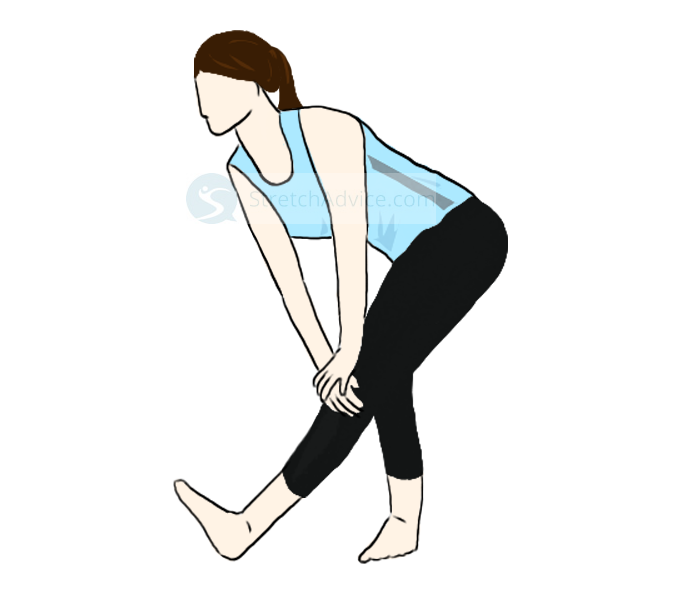
8) Standing Hamstring Stretch
This stretches your tight hamstrings, so your lower half won’t feel as uncomfortable as before.
- Stand up tall, making sure that your back is straight.
- Keep your right foot flat on the ground and bend your right knee slightly as you slide your left leg forward.
- Your left foot should be balanced on the heel and not the sole, so your toes will be pointed toward the sky.
- Place your hands on your right thigh or knee as you lean forward, raising your toes slightly.
- Hold this position for 20 seconds.
- Rest for 10 seconds, then switch legs.
- Repeat this action on both legs equally for another 3 times.
Safety Measures
While doing stretches is great for your body, take extra care not to push yourself too hard, okay? While static stretching may not be as risky as proprioceptive neuromuscular facilitation (PNF) stretching is, it doesn’t mean that it’s impossible to get injured. There’s no point if you overstretch your muscles and cause injury to yourself. After all, you only have one body, so take good care of it!
- Stop if you feel a sharp pain. You should feel a good line of tension in your muscles, not sharp, searing pain. So, if it starts to hurt, you know it’s time to stop.
- No sudden movements. Sudden or jerky movements can result in injury. You can accidentally pull your muscles and cause a cramp or worse, a tear.
- Don’t keep pushing if you feel uncomfortable. Like the previous points, improper stretching form can cause injury.
- Adjust your form. Sometimes, even a slight movement as you try to copy the action can result in the wrong form. If this is the case, go back to the starting point and slowly ease yourself into the proper form.
Interesting Research About The Effects Of Static Stretching On The Human Body
Now, there actually has been an academic research study done on the acute effects of static stretching on muscle strength and power performance. The researchers conducted an experiment to determine which stretching technique (between active static and dynamic exercises) can prove to be more effective when it comes to stretching muscle fibres and increasing muscle strength. They wanted to examine the guidelines regarding static stretching and its effects on strength and power provided by the American College of Sports Medicine too. They gathered a group of trained and recreationally active males and got them to perform static stretches (STS) within a full warm-up routine before engaging in activities that require a lot of dynamic movements, such as high speed sprint running and change of direction. They then went on to let these males engage in subsequent strength and power activities to test the effects of STS on muscle strength.
Then, the researchers began to test the effects of strength and power and the effects of different STS durations to see if the time spent stretching each muscle group had any effect or not. As a result, the research has shown that adjusting the time spent on doing static stretching enhances the rate of muscle activation as well as increases the measures of muscle strength and power output in their bodies. The researchers who studied the effects of long-duration STS reported a slight decline in strength and power when the duration of stretching was increased. However, the negative effects of short-duration STS is comparatively less compared to long-duration STS.
The researchers also continued to examine the effects and investigate plus report their current findings on the acute effects of STS on subsequent strength and if there were any detrimental effects caused by STS. They identified 125 studies in this systemic review as they looked for evidence to suggest that STS has minimal negative effects on subsequent strength and power as well as increased positive effects of this form of muscle stretching.
The end results were that research has shown that static stretching does indeed bring more good than bad into the life of an athlete, as long as it is done right. It is recommended that you do not exceed or prolong the stretching duration of the static stretches to reap the best and preferred effects of STS on strength and power.
The Takeaway
Static stretching is a lovely way to start your day, but remember to take care not to overdo things to prevent unnecessary injury.
So, stay safe, and add these 8 simple static stretches to your daily routine or before your next workout session. Keep on working on maintaining and improving your flexibility!

